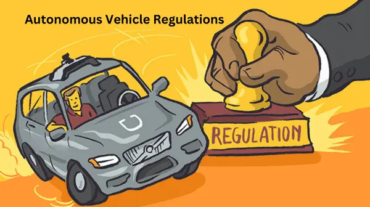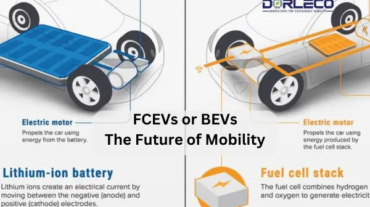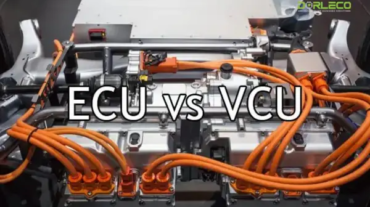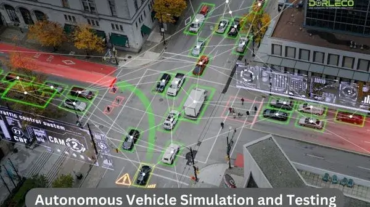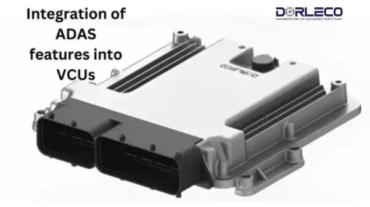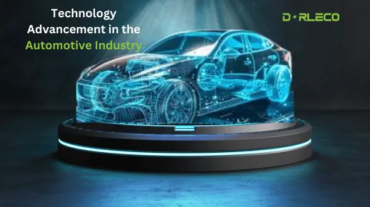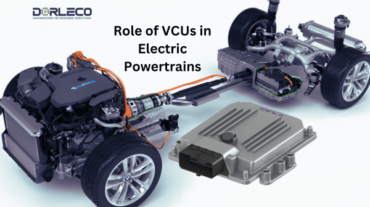BEYOND OBVIOUS
AUTONOMOUS VEHICLE TECHNOLOGY
Self-driving cars are arguably the future, and industries like agriculture, defense, recreation, passenger and commercial transportation are moving towards achieving some level of vehicle autonomy. Autonomous vehicles, on a higher level, consist of perception, localization, prediction, planning, and controls.
Click on the below links to get introduced with autonomous vehicle anatomy, terminologies, general architecture, and examples!
Autonomous Vehicle Regulations
IntroductionAutonomous vehicles (AVs), sometimes known as driverless or self-driving automobiles, ar ...
FCEVs or BEVs-The Future of Mobility
OverviewThe transportation sector is going through a major transition. Automakers are shifting to al ...
ECU vs VCU
Introduction Modern cars are becoming more sophisticated and intelligent as the automotive industry ...
Powertrain Component Modelling and Sizing
Introduction The dynamic automotive sector is depending more and more on virtual engineering and dig ...
Transmission control systems
Transmission Control SystemAutomobiles are become smarter, more efficient, and more driver friendly ...
Autonomous Vehicle Simulation and Testing
Introduction In the auto industry, autonomous vehicles—also referred to as self-driving cars—are a g ...
Integration of ADAS features into VCUs
IntroductionTo enhance the safety, automation, and overall performance of the vehicle, Advanced Driv ...
Technology Advancement in the Automotive Industry
IntroductionAutomobile manufacturers assemble vehicles such as cars, trucks, and motorcycles at vehi ...
Role of VCUs in Electric Powertrains
Introduction to the Role of VCUs in Electric Powertrains Because they are more efficient and emit l ...


